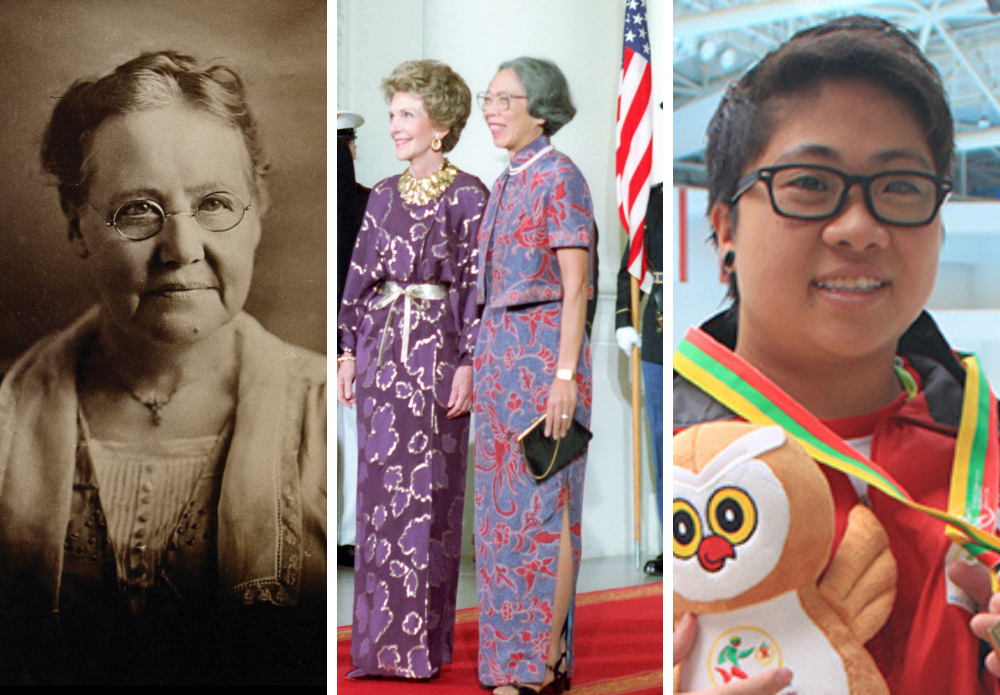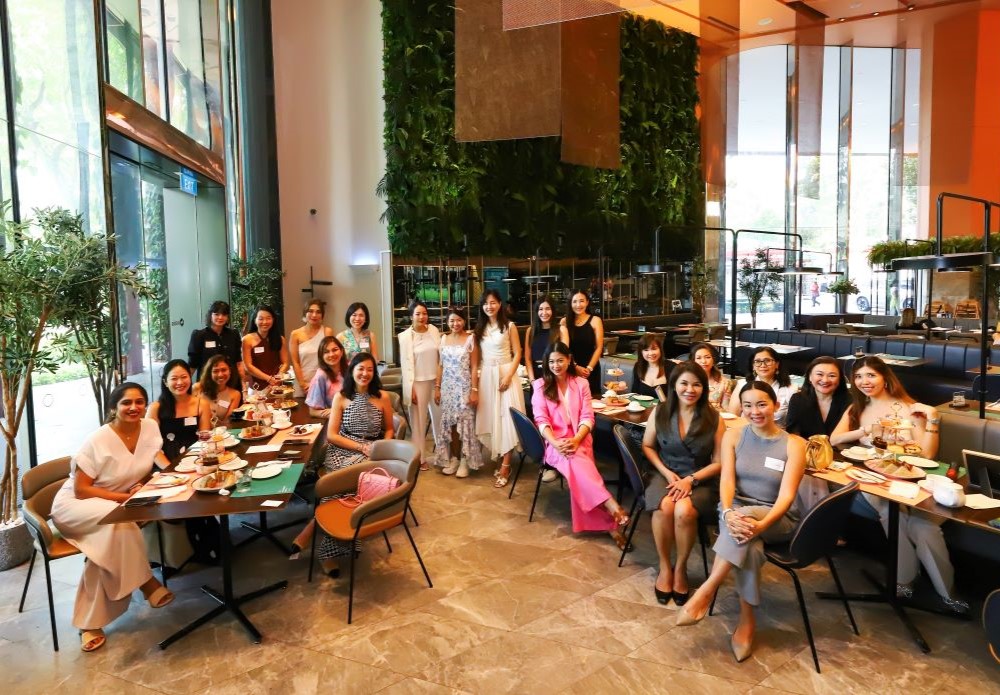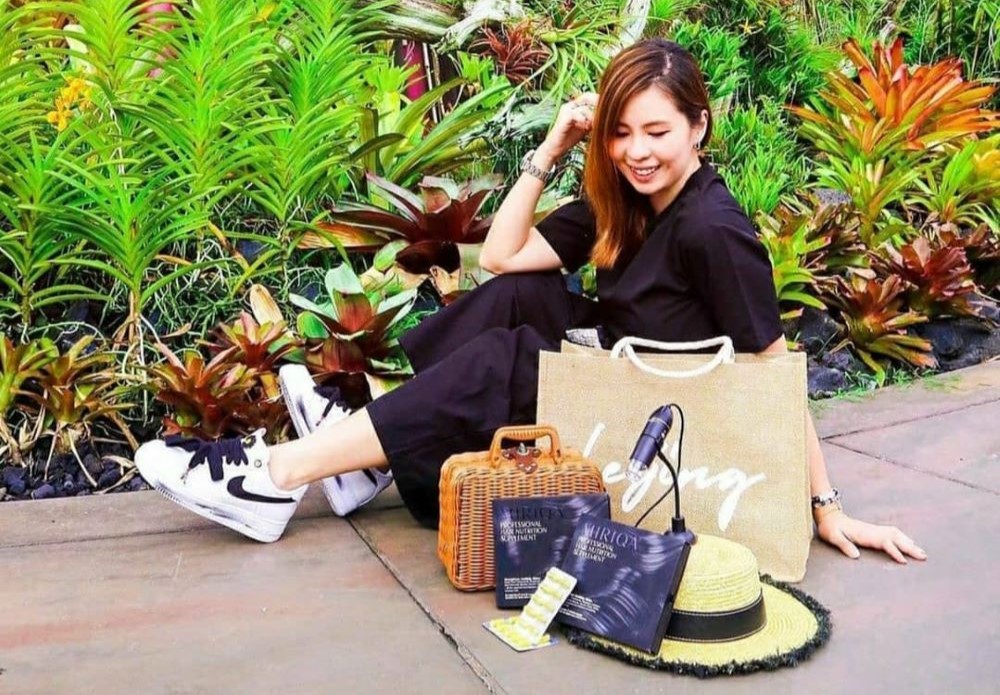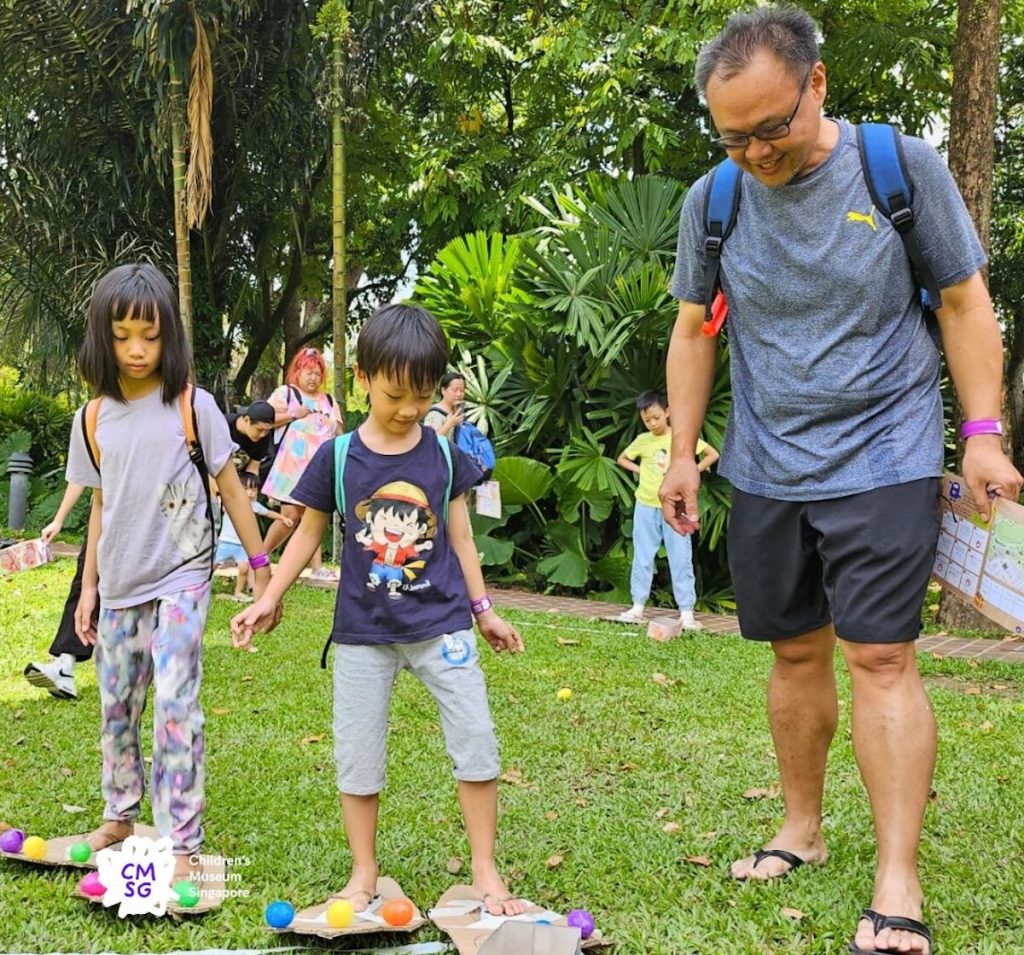March is Women’s History Month in the USA, UK and Australia, and it celebrates the rights that women have today so we don’t forget them. While not officially recognised in Singapore, Mummyfique is introducing some of Singapore’s most important female figures so we don’t forget them. Here’s 10 ways that children can learn about these important women – and celebrate the women in their lives. We’ve also included a worksheet and downloadable slideshow for busy mums.
Background of Women's History Month
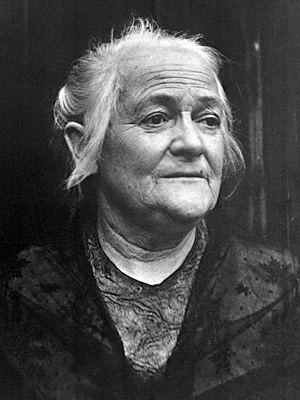
As far back as March 1910, German activist Clara Zetkin wanted International Women’s Day to be an international holiday. All 17 countries at the International Conference of Working Women in Copenhagen agreed, and the Europeans recognised International Women’s Day on March 18, 1911. After the United Nations recognised this holiday in the 1970s, the USA started to celebrate it, and by 1987, Congress designated March as Women’s History Month. Today, Women’s History Month in March is also recognised in Australia and the UK. While it’s not officially recognised in Singapore yet, it’s still a great time to learn about the women who are pivotal to Singapore’s growth.
Help Kids Easily Learn About Important Female Figures
1. Read them stories about women who are pivotal to Singapore’s growth.

First and foremost, introduce them to the women who are instrumental in Singapore’s growth this Women’s History Month. Some examples could be Elizabeth Choy, Sophia Blackmore, Kwa Geok Choo, Hajjah Fatimah and Checha Davies, among others. Learn about Agnes Joaquim, and how her love for plants led her to create Singapore’s national flower, the Vanda Miss Joaquim. In the same series, children can also read about Elizabeth Choy’s life during the Japanese Occupation. Other books about inspiring women include the Awesome Women Series featuring President Halimah Yacob, I’m a Girl! See What I can Be! and Awesome Women of Singapore (books from $14.90 to $48). The last may require parents to summarise the stories and make it easier for younger children to understand.
Other famous women: Our Foremothers Who Shaped Singapore
2. Watch relevant videos online.
One example is Singapore’s Oldest Girls’ Schools by MustShareNews, which chronicles the founding of popular girls’ schools. Some of the founders include nuns and Christian missionaries like Sophia Blackmore and Maria Dyer. Other videos might include The Other Side of Them – Shirin Fozdar, Strength from Defeat – Theresa Goh, Who is Halimah Yacob?, and Hajjah Fatimah Binte Sulaimah.
3. Prepare a presentation on famous women in Singapore.
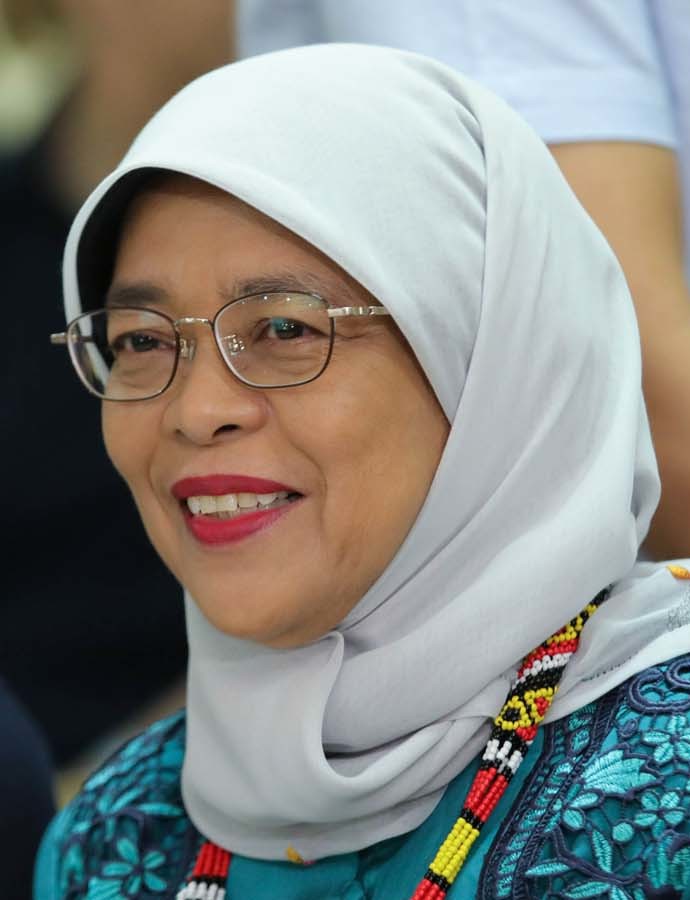
Show your child a slideshow on some of the important women in Singapore, and list five facts about them and their achievements to help your little one remember. Otherwise, try our downloadable slides here featuring women like President Halimah Yacob, Agnes Joaquim and Tan Cheng Hiong.
4. Do relevant activities.
Bring the stories to life this Women’s History Month by doing activities relating to the women you’ve learned about. First, children could colour in all the famous women in the Awesome Women Series Colouring Book ($4.90) or older preschoolers can try their hands at the card game ($79.90). Otherwise, you can try recreating the stories in a way that your children can enjoy. For example, you could play Police and Thief, with a “jail” that those who are caught cannot escape. Someone else should try to sneak that person/people their favourite items, like a plush toy or snacks. This would mimic the experience of Elizabeth Choy and her husband who brought prisoners-of-war in Changi Prison cash, fresh clothes, medicines and letters.
5. Visit the locations if possible.
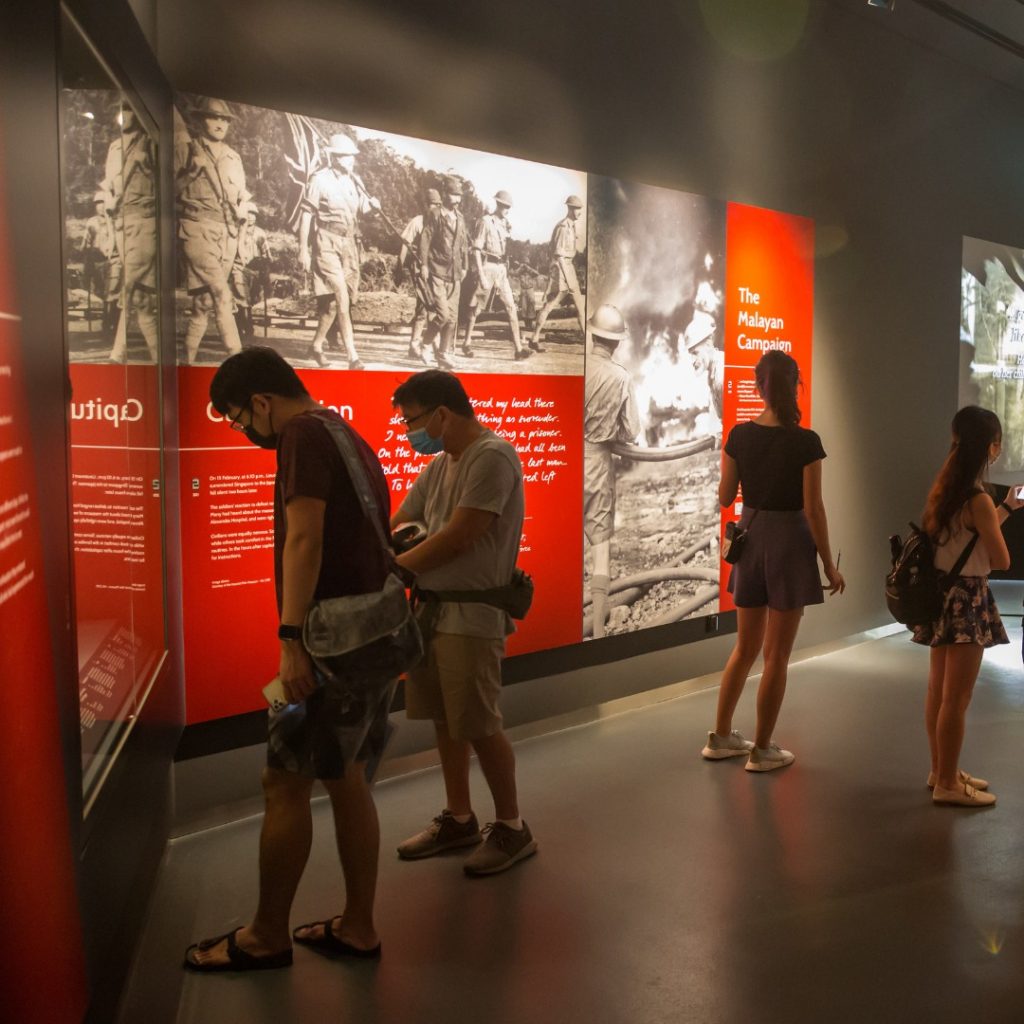
Bring these lessons to light by taking your children to the locations, such as the National Orchid Garden, the Mandai Orchid Garden, Botanic Gardens or the Vanda Miss Joaquim Park at Tanjong Pagar to see the Vanda Miss Joaquim orchid. Another location might be the Changi Chapel and Museum for children to have a glimpse of how life might have been like for the internees during the Japanese Occupation. Other locations might include Fairfield Methodist Secondary School or the Kampong Kapor Methodist Church, founded by Sophia Blackmore, a Christian missionary.
6. Make up songs to teach kids about these women.
Change the lyrics of familiar nursery rhymes or songs to teach your kids about these women. Just remember to write down the lyrics so you don’t forget them. For example, you might use the tune of Twinkle Twinkle Little Star to sing about Kwa Geok Choo. Together with Lee Kuan Yew’s brother, Kim Yew, she co-founded Lee & Lee, growing it into one of the largest legal practices. Yet, she still made time to come home for lunch with her three children during their school years, and kept neat files with their photos and reports. Aside from being Singapore’s first prime minister’s wife, she was also a founding member of the People’s Action Party and drafted the PAP Constitution.
7. Use stickers.
Print out a picture of a few of the women, and then get an assortment of stickers that relate to these women and their contributions. For example, the picture of Sophia Blackmore should have a sticker of a school or church, Agnes Joaquim various orchids or flowers, and Elizabeth Choy a first aid kit or envelopes. Test your child’s understanding and help them paste the stickers to the correct person.
8. Try these worksheets for preschoolers.
Using this worksheet, print out six pictures of the women and paste these to the worksheet, and have them write their names. Test your child on the names to see how well they can remember these women. Another option is for your little ones to find the names on this Women’s History Month Word Search, or write 10 short facts about one of the female Singaporeans they learned about.
9. Make thank you notes to these women.
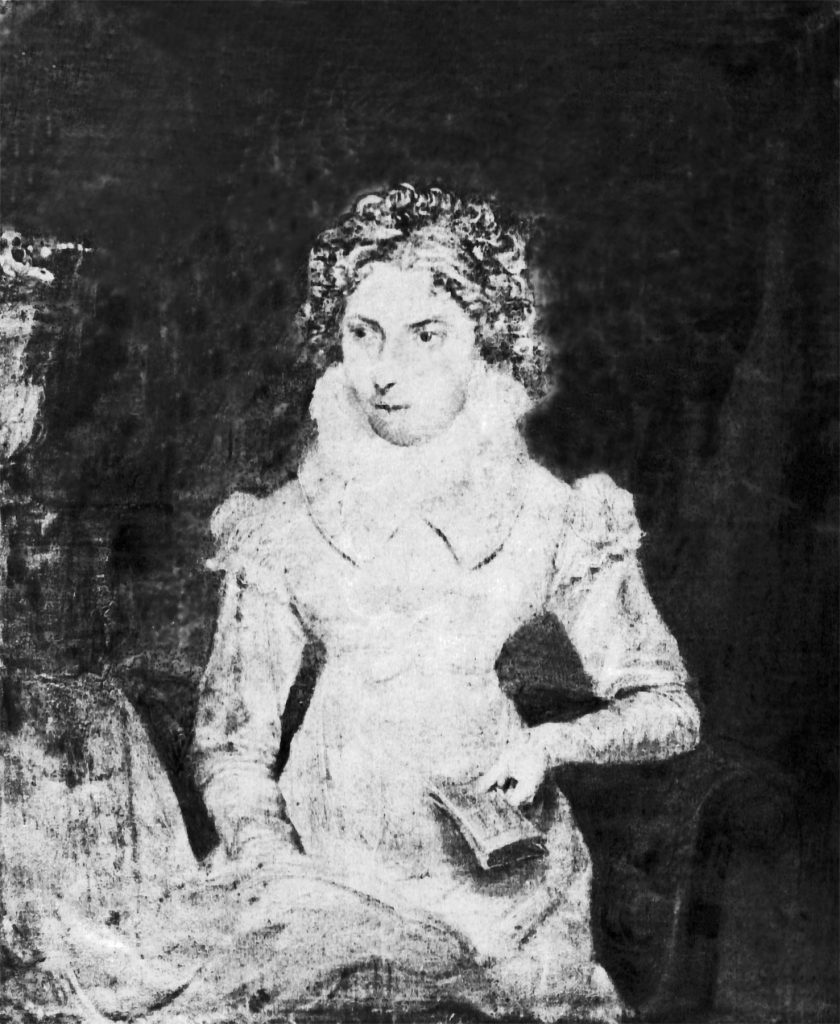
Children can draw the woman they’re inspired by and write “thank you”. Older children might be able to pen down a longer note thanking her for the achievements that have paved the way for later generations. For example, Maria Dyer started a boarding school for 19 Chinese girls from their guardians or parents. This school was known as the Chinese Girls’ School (currently St. Margaret’s School), and took in orphan girls or those who had become child slaves. The girls were given an elementary education in English and taught homemaking skills. A thank you card to her might read something like “Thank you for teaching the girls English”.
10. Celebrate the inspiring women around them.
Aside from International Women’s Day, take the whole Women’s History Month to show the special women in your lives your appreciation. Together with your children, write their grandmas thank-you notes, send them flowers, or bring them out for a meal. Take this opportunity to let them pass down a little of their wisdom and share their experiences with your little ones. Other ideas include supporting female led businesses and charities.



